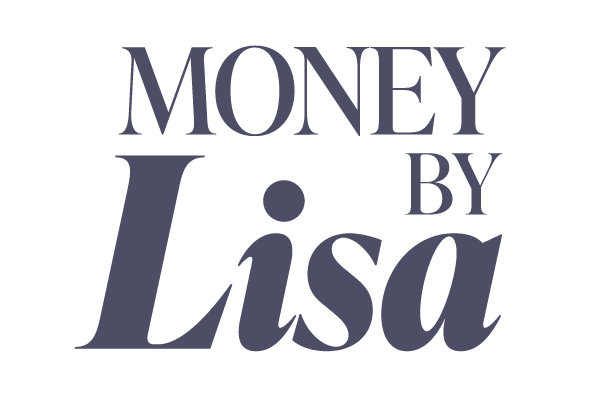The B Word
Oh, the number of times I have been asked, “What’s the best way to budget?” A question that I almost invariably follow up with, “What do you mean?” At which point, the discussion often turns to a discussion of various spending tracking apps, and I start to lose my mind.
Because here’s the thing: Lots of people say they need a budget, but surprisingly few can specifically articulate what that actually means in practice. What’s the “thing” that you are hoping to accomplish through this mystical practice called “budgeting”?
Less debt?
More savings?
Spend less? Spend differently?
When I talk to people who ask for a budget, often what they are really seeking is a way to take control over their spending. To feel that they are in charge. They may or may not need to reduce their spending to reach their goals. They are looking for a guardrail; a clear way to know whether or not they are overspending and putting their future goals at risk.
That guardrail is reverse budgeting. I didn’t coin that phrase and the practice goes by different monikers. But the concept is completely straightforward: After accounting for must-have expenses that are more or less fixed in amount each month (rent, mortgage, utilities, childcare, minimum monthly debt payments), automate a set amount of money to a savings account, either every month or every paycheck. Whatever is left over is yours to spend however you see fit.
Note that there are some crucial expenses that need to come out of this “leftover,” food for example. Variable does not mean discretionary. But these are expenses that you have a good measure of control over, and this is where the “budgeting” needs to happen.
Now for the finer — and crucial — details to make this work:
To the greatest extent possible, automate the payments to your monthly fixed expenses.
The automated deposit to savings may be to a regular savings account if creating a sufficient cash nest egg is your highest priority. If you don’t have one, it should be. But this could also be an automatic transfer to an investment account. Or an extra debt payment, over and above the minimum due. (It could be a mixture of these three.) The point is, it is a wealth-building payment. And it needs to “physically” leave your checking account and go somewhere else before you do any spending.
Do not be overly ambitious when you set up this wealth-building payment. Start with a number, however small, that you know that you can commit to. Don’t overthink it; you can increase it later.
Define the end goal. If building your cash savings is your top priority, know the exact dollar figure that will prompt you to pivot to the next goal.
If your employer allows you to split your pay between two accounts, and building up cash savings is your goal, fund your wealth-building payment at the source, e.g., directly from your paycheck.
That leftover that you get to spend like a drunken sailor? That’s all you get. Which is to say, you cannot rely on credit. More precisely, while you can use your credit card for transactions for convenience or safety, you must pay off all new charges every month, over and above the minimum payment if you are carrying an old balance. (In fact, I suggest that you do so no less than bi-weekly; don’t wait for the monthly statement to arrive.)
If budgeting apps that track your spending float your boat, go for it. The way to employ them here would be to monitor just one or two specific variable spending categories where you feel the need for added discipline. (A notebook works perfectly fine here.) But of course, what you are really keeping a watchful eye on is that “leftover” balance in your checking account, as it dwindles away, and the balance of your savings account as it grows.
If you can stand a bit of extra fussiness, consider having two checking accounts: one account that receives your paycheck and is used solely for fixed (and hopefully automated) expenses. The second account is the active spending account. That’s the only account for which you would carry a debit card in your wallet.
Here’s what you gain with the reverse budgeting method:
A starting point that is rooted in what you will gain — wealth — not what you are denied.
The certain knowledge that every month you are increasing your wealth.
The ability to easily monitor progress toward your goal.
Freedom from the soul-deadening task of monitoring each and every transaction in your budget.
Motivation to push that wealth-building payment just a bit higher each month or paycheck, as you see your wealth steadily expand.
As you can tell, reverse budgeting is my jam. While I am always all about “personal finance is personal,” I truly believe that this is the best way to budget for most people, whether they are at the “paying off debt = wealth-building” phase, or the “investing for the long term” stage.
(Hey, I’d love to be in touch regularly. My free newsletter contains this blog, as well as other articles written by myself and others. Please consider subscribing by visiting the MoneyByLisa home page.)
